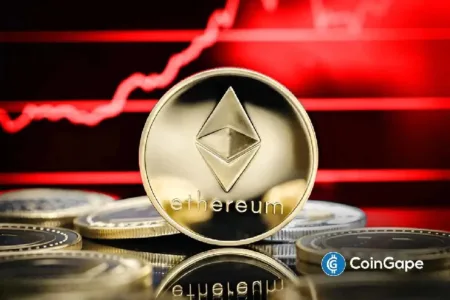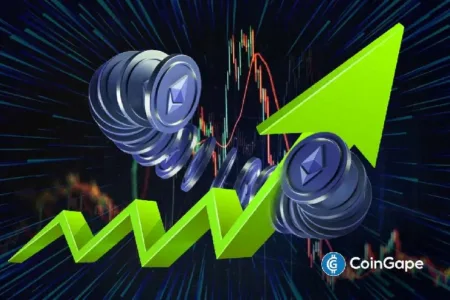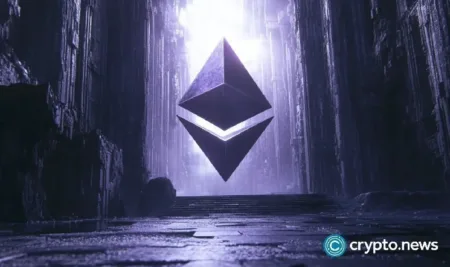- Gas fees compensate Ethereum nodes for computational power, ensuring secure and efficient transaction processing.
- Burning gas fees reduces ETH supply and supports deflationary mechanisms for long-term network sustainability.
Paying gas fees for transactions on blockchain networks like Ethereum has become an essential component of connecting with decentralized ecosystems. The “Why Do We Need to Pay Crypto Gas Fees For Transactions?” video from CoinGecko explores the causes behind these fees and their relevance in preserving blockchain network security and functionality.
The Role of Gas Fees in Powering Ethereum Transactions
On a network like Ethereum, gas fees are the expenses connected with running smart contracts or completing transactions. Ethereum first used the term “gas” as a unit of measurement to effectively distribute resources for these projects. Like gasoline running a car, “gas” feeds Ethereum’s running of activities.
Depending on the computing effort needed, every transaction or interaction with a smart contract uses a particular number of gas units. A basic ETH transfer, for instance, usually requires about 21,000 gas units, but more complicated activities requiring smart contracts take much more.
Gas prices are stated in “gwei,” one-billionth of an ETH. Multiplying the gas units consumed by the price per unit of gas helps one to ascertain the cost of a purchase. For most users, wallets automatically conduct this computation; expert users can adjust these settings.
How Gas Fees Ensure Security and Manage Network Demand
Paying gas fees helps the nodes—the computers running the network—compensate for their computational resources and energy required to process and validate transactions. Without these costs, network members would not have any motivation to keep the infrastructure in good shape.
Gas payments may serve as a security mechanism. Should transactions be free, hostile players might flood the network with never-ending computational cycles, therefore upsetting its functioning. Ethereum adds a barrier helping to prevent such misuse by charging a cost to every transaction.
Additionally, very important in managing network demand are gas fees. Fees rise in times of great activity, which discourages non-urgent purchases and motivates users to wait till the network is less crowded.
This dynamic guarantees better operations by helping the network to control its load. Real-time gas fee data tools can help users decide when to make lower-cost transactions.
The Importance of Burning Mechanisms in Ethereum’s Ecosystem
The burning process of Ethereum’s gas tax structure is also really noteworthy. Some of the user gas fees are permanently taken out of usage. This system helps offset ETH issuing and ensures that block makers stop influencing fee markets.
If the amount burned surpasses the amount generated over time, this burning mechanism might cause ETH deflationary effects—a characteristic sometimes referred to by Ethereum supporters as “ultrasound money.”
Gas fees are, all things considered, more than simply a cost to blockchain users. They guarantee effective processing of transactions, discourage illegal behavior, control network demand, and help Ethereum to be economically sustainable.
Read the full article here







